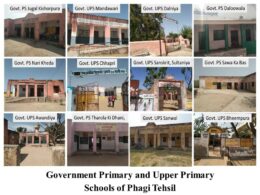How Remote Sensing and GIS can be used to Predicting Urban Growth…
There are several simulation models, which can be used for predicting land use/cover for future.
a. Markov’s model
b. Cellular Automata (CA)
c. CA- Markov’s model
d. Artificial Neural Network based model (Multi Layer Perceptron)
e. Some statistical Method
Modeling:


ANN???